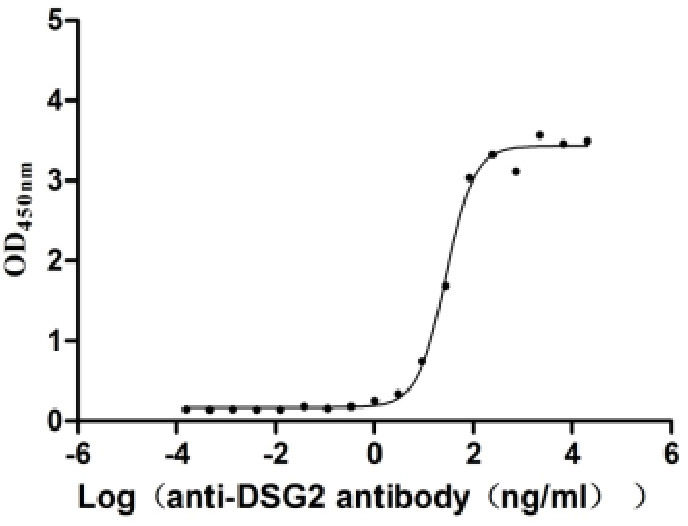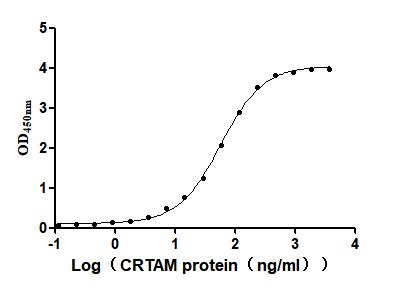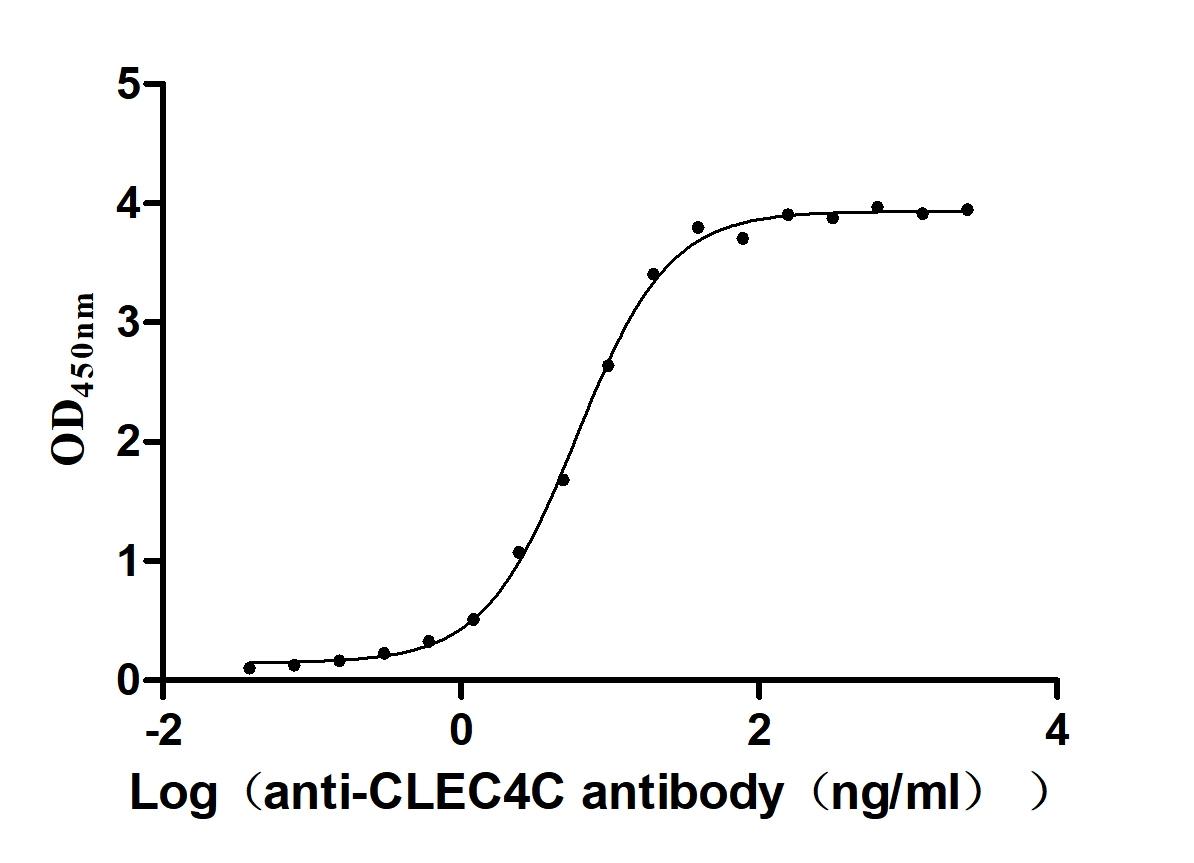Recombinant Human Ectonucleotide pyrophosphatase/phosphodiesterase family member 2 (ENPP2), partial
-
中文名稱:人ENPP2重組蛋白
-
貨號:CSB-YP613427HU
-
規(guī)格:
-
來源:Yeast
-
其他:
-
中文名稱:人ENPP2重組蛋白
-
貨號:CSB-EP613427HU
-
規(guī)格:
-
來源:E.coli
-
其他:
-
中文名稱:人ENPP2重組蛋白
-
貨號:CSB-EP613427HU-B
-
規(guī)格:
-
來源:E.coli
-
共軛:Avi-tag Biotinylated
E. coli biotin ligase (BirA) is highly specific in covalently attaching biotin to the 15 amino acid AviTag peptide. This recombinant protein was biotinylated in vivo by AviTag-BirA technology, which method is BriA catalyzes amide linkage between the biotin and the specific lysine of the AviTag.
-
其他:
-
中文名稱:人ENPP2重組蛋白
-
貨號:CSB-BP613427HU
-
規(guī)格:
-
來源:Baculovirus
-
其他:
-
中文名稱:人ENPP2重組蛋白
-
貨號:CSB-MP613427HU
-
規(guī)格:
-
來源:Mammalian cell
-
其他:
產(chǎn)品詳情
-
純度:>85% (SDS-PAGE)
-
基因名:ENPP2
-
Uniprot No.:
-
別名:ATX; ATX X; Autotaxin; Autotaxin t; E NPP 2; E-NPP 2; Ectonucleotide pyrophosphatase/phosphodiesterase 2; Ectonucleotide pyrophosphatase/phosphodiesterase family member 2; Enpp2; ENPP2_HUMAN; Extracellular lysophospholipase D; FLJ26803; LysoPLD; NPP2; PD IALPHA; PDNP2; Phosphodiesterase I alpha; Phosphodiesterase I/nucleotide pyrophosphatase 2; Plasma lysophospholipase D
-
種屬:Homo sapiens (Human)
-
蛋白長度:Partial
-
蛋白標(biāo)簽:Tag?type?will?be?determined?during?the?manufacturing?process.
The tag type will be determined during production process. If you have specified tag type, please tell us and we will develop the specified tag preferentially. -
產(chǎn)品提供形式:Lyophilized powder
Note: We will preferentially ship the format that we have in stock, however, if you have any special requirement for the format, please remark your requirement when placing the order, we will prepare according to your demand. -
復(fù)溶:We recommend that this vial be briefly centrifuged prior to opening to bring the contents to the bottom. Please reconstitute protein in deionized sterile water to a concentration of 0.1-1.0 mg/mL.We recommend to add 5-50% of glycerol (final concentration) and aliquot for long-term storage at -20℃/-80℃. Our default final concentration of glycerol is 50%. Customers could use it as reference.
-
儲(chǔ)存條件:Store at -20°C/-80°C upon receipt, aliquoting is necessary for mutiple use. Avoid repeated freeze-thaw cycles.
-
保質(zhì)期:The shelf life is related to many factors, storage state, buffer ingredients, storage temperature and the stability of the protein itself.
Generally, the shelf life of liquid form is 6 months at -20°C/-80°C. The shelf life of lyophilized form is 12 months at -20°C/-80°C. -
貨期:Delivery time may differ from different purchasing way or location, please kindly consult your local distributors for specific delivery time.Note: All of our proteins are default shipped with normal blue ice packs, if you request to ship with dry ice, please communicate with us in advance and extra fees will be charged.
-
注意事項(xiàng):Repeated freezing and thawing is not recommended. Store working aliquots at 4°C for up to one week.
-
Datasheet :Please contact us to get it.
相關(guān)產(chǎn)品
靶點(diǎn)詳情
-
功能:Hydrolyzes lysophospholipids to produce the signaling molecule lysophosphatidic acid (LPA) in extracellular fluids. Major substrate is lysophosphatidylcholine. Also can act on sphingosylphosphorylcholine producing sphingosine-1-phosphate, a modulator of cell motility. Can hydrolyze, in vitro, bis-pNPP, to some extent pNP-TMP, and barely ATP. Involved in several motility-related processes such as angiogenesis and neurite outgrowth. Acts as an angiogenic factor by stimulating migration of smooth muscle cells and microtubule formation. Stimulates migration of melanoma cells, probably via a pertussis toxin-sensitive G protein. May have a role in induction of parturition. Possible involvement in cell proliferation and adipose tissue development (Probable). Tumor cell motility-stimulating factor. Required for LPA production in activated platelets, cleaves the sn-1 lysophospholipids to generate sn-1 lysophosphatidic acids containing predominantly 18:2 and 20:4 fatty acids. Shows a preference for the sn-1 to the sn-2 isomer of 1-O-alkyl-sn-glycero-3-phosphocholine (lyso-PAF).
-
基因功能參考文獻(xiàn):
- These results suggest functional interactions among ATX, VEGFR-2, and VEGFR-3 in the modulation of hemovascular and lymphovascular cell activation during vascular development. PMID: 30456868
- LPAR mRNA and ATX protein levels are anatomic site-dependent in high-grade serous carcinoma and the former are informative of disease outcome. PMID: 30032361
- Study revealed that serum total ATX and ATX isoforms were significantly associated with the clinical stages of female subjects with melanoma. PMID: 29500864
- Serum ATX levels may at least partially reflect histological severity in non-alcoholic fatty liver disease. PMID: 29568204
- ATX-LPA axis facilitates estrogen-induced endometrial cancer cell proliferation via MAPK/ERK signaling pathway. PMID: 29328374
- Significant suppression of these aforementioned changes was observed after ATX/LPA-receptor/ROCK inhibition as well as suppression of fibrotic changes and MLC and cofilin phosphorylation in HTM cells. PMID: 29305605
- Autotaxin levels were significantly higher in early-onset preeclampsia group compared with late-onset preeclampsia group. Autotaxin levels were found to be significantly higher in preeclamptic patients compared with control group. Serum autotaxin levels showed a significant positive correlation with maternal systolic, diastolic blood pressures and uric acid levels. PMID: 29058512
- Results demonstrated, for the first time, that increased serum ATX activity and protein levels are associated with several aspects of quality of life in cholestatic patients as well as with markers of cholestatic liver injury and higher risks of death and transplantation. The study provides novel clinical evidence of the pruritogenic role of the ATX/lysophosphatidic acid axis in the pathogenesis of cholestatic itch. PMID: 27506882
- ENPP2 silencing increased HBV replication approximately 2.3-fold by enhancing, via the type I IFN signaling pathway, HBV cccDNA (covalently closed circular DNA) translation into viral RNA. PMID: 29414802
- This study demonstrated that Autotaxin is Related to Metabolic Dysfunction and Predicts Alzheimer's Disease Outcomes. PMID: 27911319
- Structural and functional studies have revealed what makes ATX a unique lysoPLD, and how secreted ATX binds to its target cells. The ATX catalytic domain shows a characteristic bimetallic active site followed by a shallow binding groove that can accommodate nucleotides as well as the glycerol moiety of lysophospholipids, and by a deep lipid-binding pocket. PMID: 24548887
- We conclude that an ATM-ATX axis interconnects double-strand breaks with silica-induced inflammation and propagates these effects in epithelial cells PMID: 28968864
- we present a new crystal structure of ATX in complex with orthovanadate (ATX-VO5), which binds the Ogamma nucleophile of Thr209 and adopts a trigonal bipyramidal conformation, following the nucleophile attack onto the substrate.We propose that ATX follows the associative two-step in-line displacement mechanism. PMID: 27268273
- The effects of gamma radiation on mRNA levels of autotaxin and 14 inflammatory mediators in adipose tissue and the consequences for radiation therapy and chemotherapy are discussed. PMID: 28539367
- These findings suggest that the promoter hypomethylation and overexpression of ATX might play a contributory role in the pathogenesis of liver fibrosis in biliary atresia. PMID: 28052132
- LPA2 mRNA levels were associated with poorer differentiation, and higher LPA6 levels were associated with microvascular invasion in HCC; both became a risk factor for recurrence after surgical treatment when combined with increased serum ATX levels PMID: 27583415
- AKT signaling played a role in ATX secretion regulation to facilitate ATX ER export by enhancing the nuclear factor of activated T cell-mediated p23 (Sec24C) expression PMID: 28298439
- Expression of both ATX and IL-6 was increased in systemic scleroderma (SSc) skin, and lysophosphatidic acid-induced IL-6 levels and IL-6-induced ATX levels were increased in fibroblasts from SSc patients compared with controls. PMID: 27390295
- Elevated levels of autotaxin and soluble markers of immune activation during HCV infection. PMID: 27540113
- These results suggest that the post-transcriptional regulation of ATX expression by HuR and AUF1 modulates cancer cell migration. PMID: 27784781
- ATX is highly expressed in renal cell carcinoma and bladder carcinoma. PMID: 27757783
- With a deeper understanding of the critical role of the autotaxin/lysophosphatidate axis in pancreatic cancer, targeting autotaxin or lysophosphatidate receptor may be a potential and promising strategy for cancer therapy. PMID: 28347252
- Plasma ATX activity is strongly associated with pruritus in primary biliary cholangitis, authors review the biochemistry of ATX and the rationale for its role in pruritus. [Review] PMID: 27019050
- Data suggest serum ATX levels correlate with presence/intensity of pruritus in pediatric cholestatic disorders; despite therapy, ATX is up-regulated in children with severe pruritus due to cholestatic disorders (AGS, Alagille syndrome; BA, biliary atresia; progressive familial intrahepatic cholestasis) compared to children with cholestatic disorders without pruritus (BASD, bile acid synthesis defects). [PILOT PROJECT] PMID: 26628447
- These findings support our previous work showing reduced ATX antigen levels in the peripheral blood of pre-eclamptic women. A disturbance in placental ATX production may be linked to poor placental development and systemic maternal symptoms in early-onset pre-eclampsia. PMID: 26111716
- These results suggest that autotaxin-LPA-LPA receptor 1-AKT1 signaling axis is critical for maintaining Cancer stem cells(CSC) characteristics through an autocrine loop and provide a novel therapeutic target for ovarian CSCs. PMID: 26800320
- autotaxin (ATX), is an ecto-lysophospholipase D encoded by the human ENNP2 gene PMID: 25977291
- Altered expression of ENPP2 is associated with various diseases, such as, inflammation, cancer, fibrosis, rheumatoid arthritis and neural tube defects. (Review) PMID: 26391552
- Serum ATX correlates with and predicts measures of glucose homeostasis and insulin sensitivity in older humans, suggesting that it may be a potential pathogenic factor and/or diagnostic/therapeutic target for insulin resistance in this population PMID: 26727116
- ATX was induced in monocytic THP-1 cells by TLR4 ligand lipopolysaccharide (LPS), TLR9 ligand CpG oligonucleotide, and TLR3 ligand poly(I:C), respectively PMID: 26313906
- Autotaxin is an inflammatory mediator and therapeutic target in thyroid cancer PMID: 26037280
- The results are discussed in terms of ATX regulation in wound healing and cancer.We, therefore, demonstrate the concept that accumulation of LPA in the circulation decreases ATX production PMID: 25896349
- Increased serum autotaxin activity represents a highly sensitive, specific and robust diagnostic marker of Intrahepatic cholestasis of pregnancy , distinguishing ICP from other pruritic disorders of pregnancy and pregnancy-related liver diseases. PMID: 25450205
- blocking tumor-driven inflammation by ATX inhibition is effective in decreasing tumor growth in breast cancers where the cancer cells express negligible ATX. PMID: 26071407
- Autotaxin is transported in the aortic valve by lipoprotein(a) and is also secreted by valve interstitial cells. PMID: 26224810
- Data suggest a role for the autotaxin-lysophosphatidic acid axis in toluene diisocyanate toxicity. PMID: 26072274
- Elevated serum autotaxin was correlated with hepatic dysfunction in biliary atresia. PMID: 25536867
- In humans, ENPP2 expression in subcutaneous fat and ENPP2 levels in serum were reduced in obese subjects. PMID: 24969110
- Exogenous ATX controls breast cancer cell proliferation, invasion, and endothelial cell transmigration via interaction tumor integrin alphaVbeta3. PMID: 25277122
- increase in serum ATX levels in HCC patients may not be caused by abundant ATX production in HCC tissues but by fibrosis in the background livers PMID: 24642343
- The circulating level of lysophosphatidic acid in a systemic atopic dermatitis model, with severe scratching was probably because of the increased lysophospholipase D activity of autotaxin (ATX) in the blood rather than in plasma. PMID: 24641902
- potential biomarker for atopic dermatitis PMID: 24582488
- high levels of c-Jun enhance motility in part by driving the expression of ENPP2/Autotaxin PMID: 24852265
- The present review provides an overview of the ATX-LPA signalling axis and collates current knowledge regarding its specific role in breast cancer. PMID: 25195735
- Data indicate that inhibition of autotaxin (ATX) significantly reduced T cell migration. PMID: 24935929
- autotaxin-mediated disease processes PMID: 24560789
- The results of this study showed that ATX activity was significantly higher (p value<0.0001) in MS patients than those patients diagnosed with neurological disease. PMID: 24984830
- ATX expression is up-regulated in obese patients and mice in relationship with insulin resistance and impaired glucose tolerance. [Review] PMID: 23639740
- Endothelial ATX acts through lysophosphatidic acid signaling to promote renal tumorigenesis and is functionally involved in the acquired resistance to sunitinib. PMID: 24122794
- Downregulation of human ATX inhibits the growth of human gastric cancer xenografts in nude mice. PMID: 23258351
顯示更多
收起更多
-
亞細(xì)胞定位:Secreted.
-
蛋白家族:Nucleotide pyrophosphatase/phosphodiesterase family
-
組織特異性:Detected in blood plasma (at protein level). Predominantly expressed in brain, placenta, ovary, and small intestine. Expressed in a number of carcinomas such as hepatocellular and prostate carcinoma, neuroblastoma and non-small-cell lung cancer. Expressed
-
數(shù)據(jù)庫鏈接:
Most popular with customers
-
Recombinant Human Heat-stable enterotoxin receptor (GUCY2C), partial (Active)
Express system: Mammalian cell
Species: Homo sapiens (Human)
-
Recombinant Human C5a anaphylatoxin chemotactic receptor 1 (C5AR1)-VLPs (Active)
Express system: Mammalian cell
Species: Homo sapiens (Human)
-
Recombinant Human IL12B&IL12A Heterodimer Protein (Active)
Express system: Mammalian cell
Species: Homo sapiens (Human)
-
Recombinant Human Claudin-6 (CLDN6)-VLPs, Fluorescent (Active)
Express system: Mammalian cell
Species: Homo sapiens (Human)
-
Recombinant Human Desmoglein-2 (DSG2), partial (Active)
Express system: Mammalian cell
Species: Homo sapiens (Human)
-
Recombinant Human Transferrin receptor protein 1 (TFRC), partial (Active)
Express system: Mammalian cell
Species: Homo sapiens (Human)
-
Recombinant Mouse Cytotoxic and regulatory T-cell molecule (Crtam), partial (Active)
Express system: Mammalian cell
Species: Mus musculus (Mouse)
-
Recombinant Macaca fascicularis C-type lectin domain family 4 member C(CLEC4C), partial (Active)
Express system: Mammalian cell
Species: Macaca fascicularis (Crab-eating macaque) (Cynomolgus monkey)


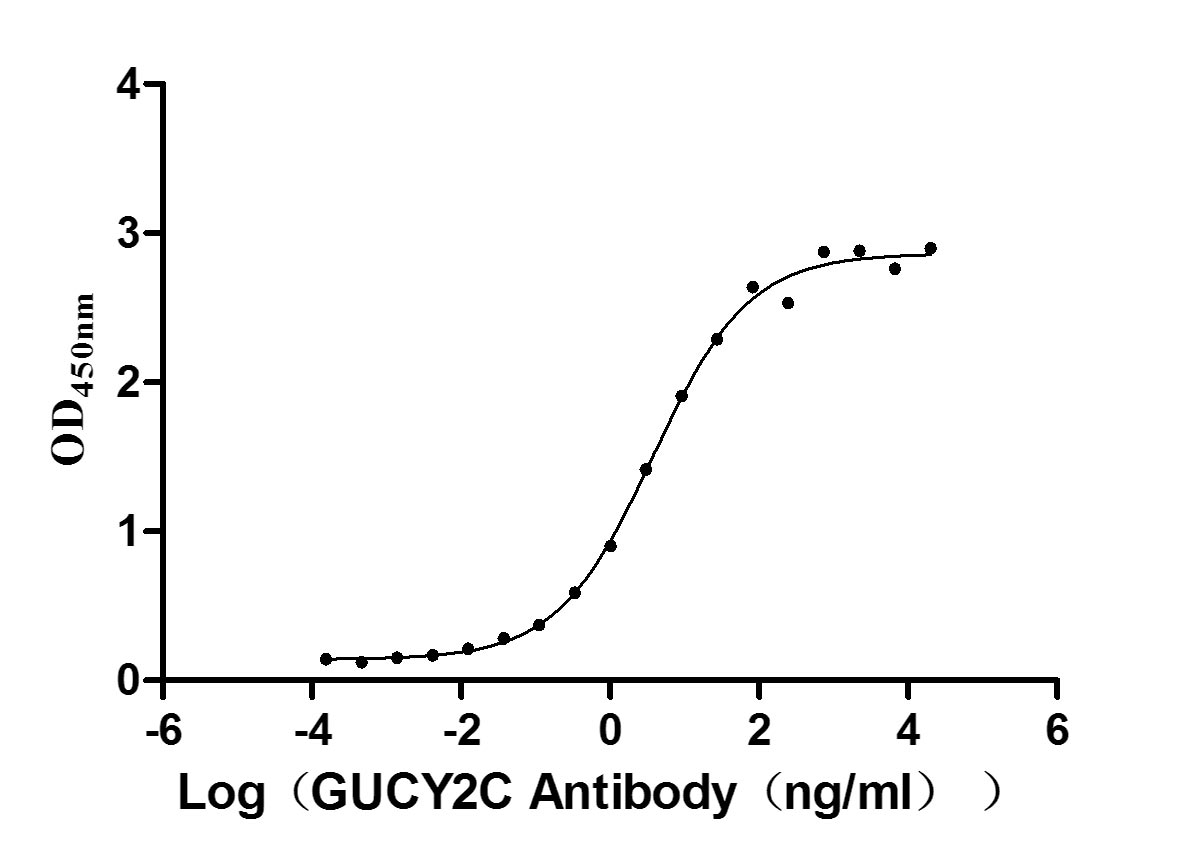
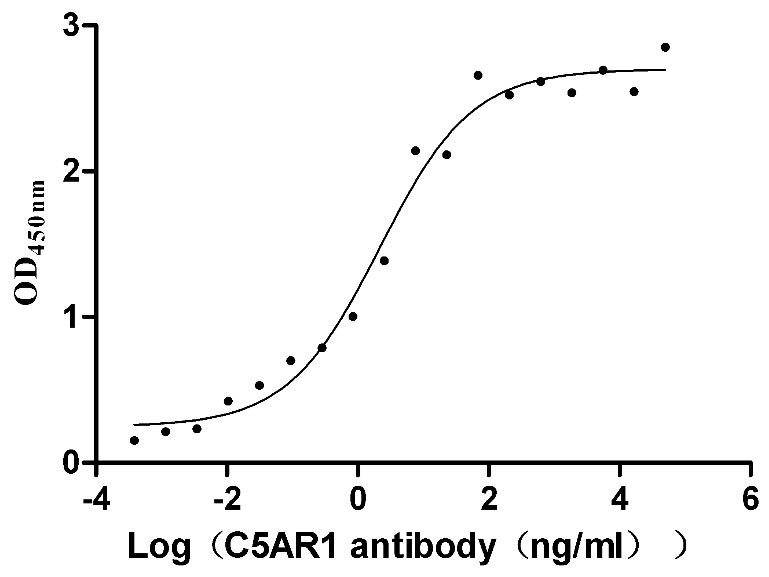
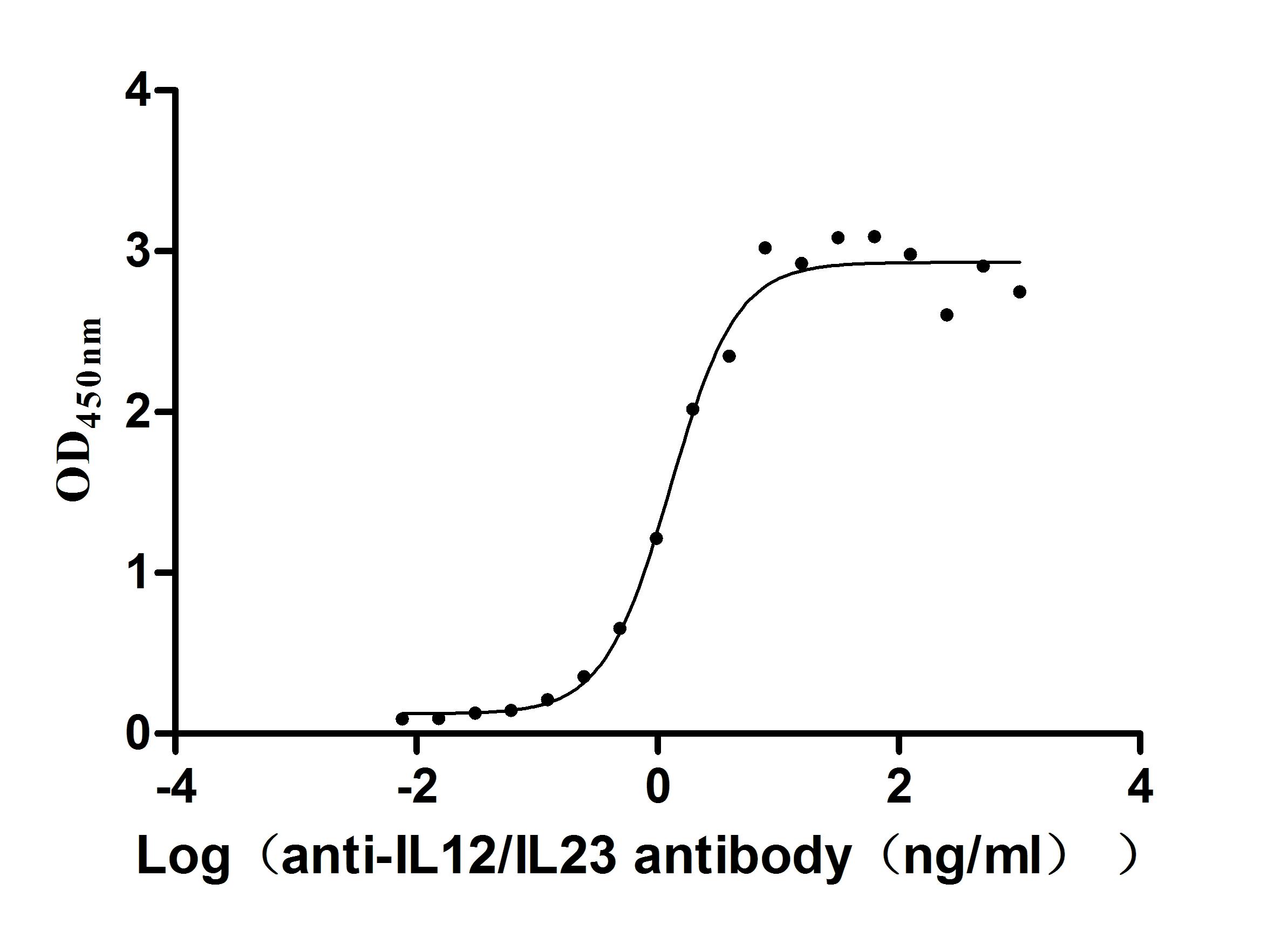
f4-AC1.jpg)
